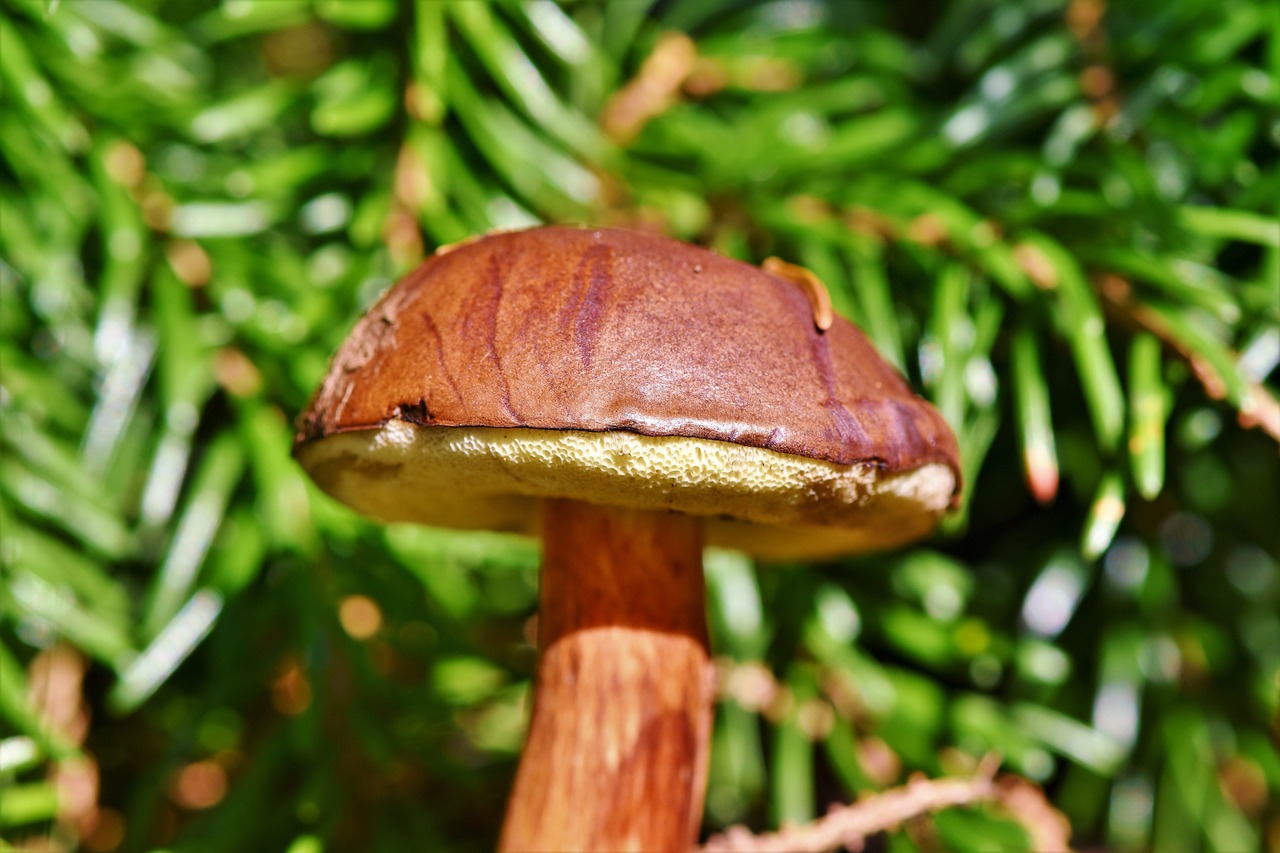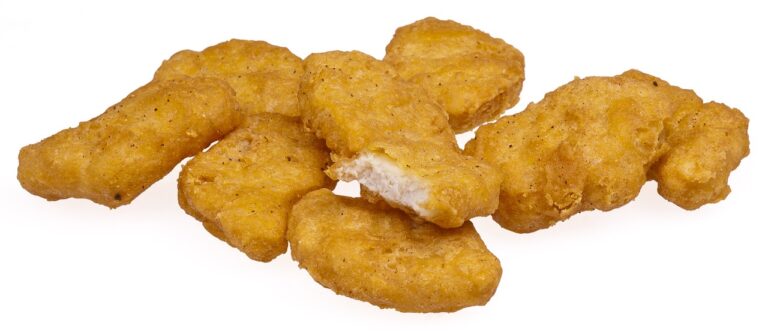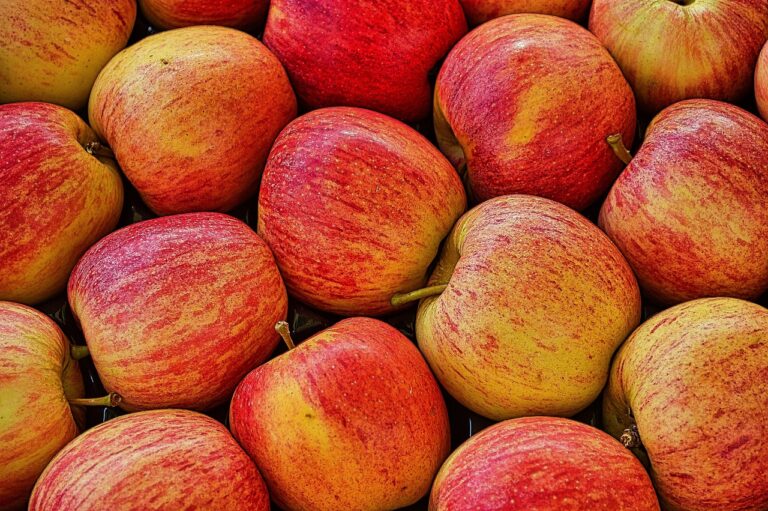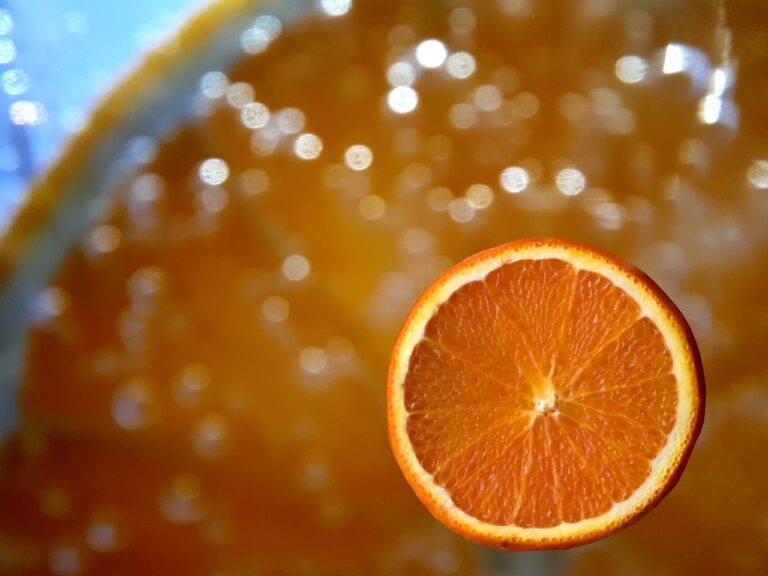How to Improve Sustainability in Fish Farming
sky247 com login password, 11xplay new id sign up, play99exch:Fish farming, also known as aquaculture, plays a crucial role in meeting the growing demand for seafood globally. However, like any form of agriculture, fish farming has its environmental impacts, including habitat destruction, water pollution, and overfishing of wild fish for feed. To ensure the long-term sustainability of this industry, it is essential to implement practices that minimize these negative impacts while meeting the growing demand for seafood. In this article, we will discuss some key strategies to improve sustainability in fish farming.
Understanding the Impact of Fish Farming
Before delving into ways to improve sustainability in fish farming, it’s essential to understand the environmental impacts of this practice. Fish farming can lead to habitat destruction, water pollution, disease transmission, and genetic contamination of wild fish populations. Additionally, the industry often relies on wild fish as feed for farmed fish, contributing to overfishing and depletion of wild fish stocks.
By implementing sustainable practices in fish farming, we can mitigate these negative impacts and ensure the long-term health of both farmed and wild fish populations.
1. Site Selection
One of the most critical factors in sustainable fish farming is choosing the right location for the farms. Locating fish farms in areas with strong water currents helps disperse waste and prevent the accumulation of pollutants. Additionally, selecting sites away from sensitive ecosystems, such as coral reefs or mangroves, can help minimize habitat destruction.
2. Water Quality Management
Maintaining good water quality is essential for the health and growth of fish in aquaculture systems. Monitoring water quality parameters such as oxygen levels, temperature, and pH is crucial to prevent disease outbreaks and ensure optimal growth. Implementing water recirculation systems and using natural filtration methods can help minimize the discharge of pollutants into the surrounding environment.
3. Feed Management
One of the most significant challenges in fish farming is the reliance on wild fish as feed for farmed fish. This practice not only contributes to overfishing but also results in the depletion of important fish stocks. To improve sustainability, fish farmers can use alternative protein sources such as plant-based feeds or insects. Innovations in feed technology, such as microalgae-based feeds, can also help reduce the industry’s reliance on wild fish as feed.
4. Disease Prevention
Disease outbreaks can have devastating effects on fish farms, leading to significant economic losses and environmental damage. Employing biosecurity measures such as regular health screenings, quarantine protocols, and vaccination programs can help prevent disease outbreaks and reduce the need for antibiotics. Additionally, practicing good farm hygiene and minimizing stressors can help boost the immune response of farmed fish and reduce the risk of disease.
5. Genetic Integrity
Genetic contamination of wild fish populations by escaped farmed fish is a significant concern in aquaculture. To prevent this, fish farmers should use genetically robust and disease-resistant strains of fish for farming. Implementing strict containment measures, such as secure netting and escape-proof pens, can help prevent the escape of farmed fish into the wild.
6. Certification and Standards
Certification programs such as the Aquaculture Stewardship Council (ASC) and Best Aquaculture Practices (BAP) provide guidelines and standards for sustainable aquaculture practices. By adhering to these certification programs, fish farmers can demonstrate their commitment to environmental stewardship and responsible farming practices. Consumers can also support sustainable fish farming by choosing products with certification labels that indicate environmentally friendly farming practices.
FAQs
Q: Is fish farming sustainable?
A: Fish farming can be sustainable if it is practiced responsibly and with consideration for the environment. By implementing sustainable practices such as site selection, water quality management, feed management, disease prevention, genetic integrity, and certification standards, fish farmers can minimize their environmental impact and ensure the long-term sustainability of the industry.
Q: What are some challenges in sustainable fish farming?
A: Some challenges in sustainable fish farming include disease outbreaks, water pollution, overfishing of wild fish for feed, genetic contamination of wild fish populations, and habitat destruction. By addressing these challenges through responsible farming practices and innovative technologies, fish farmers can improve the sustainability of their operations.
Q: How can consumers support sustainable fish farming?
A: Consumers can support sustainable fish farming by choosing products with certification labels such as ASC or BAP, which indicate environmentally friendly farming practices. By making informed choices and supporting responsible fish farming practices, consumers can help promote sustainability in the aquaculture industry.
In conclusion, improving sustainability in fish farming is essential for the long-term health of our oceans and the well-being of both farmed and wild fish populations. By implementing practices such as site selection, water quality management, feed management, disease prevention, genetic integrity, and certification standards, fish farmers can reduce their environmental impact and ensure the sustainability of the industry. Consumers can also play a role in promoting sustainability by supporting responsible fish farming practices and choosing products with certification labels that indicate environmentally friendly farming practices. Together, we can work towards a more sustainable future for fish farming and the seafood industry as a whole.







